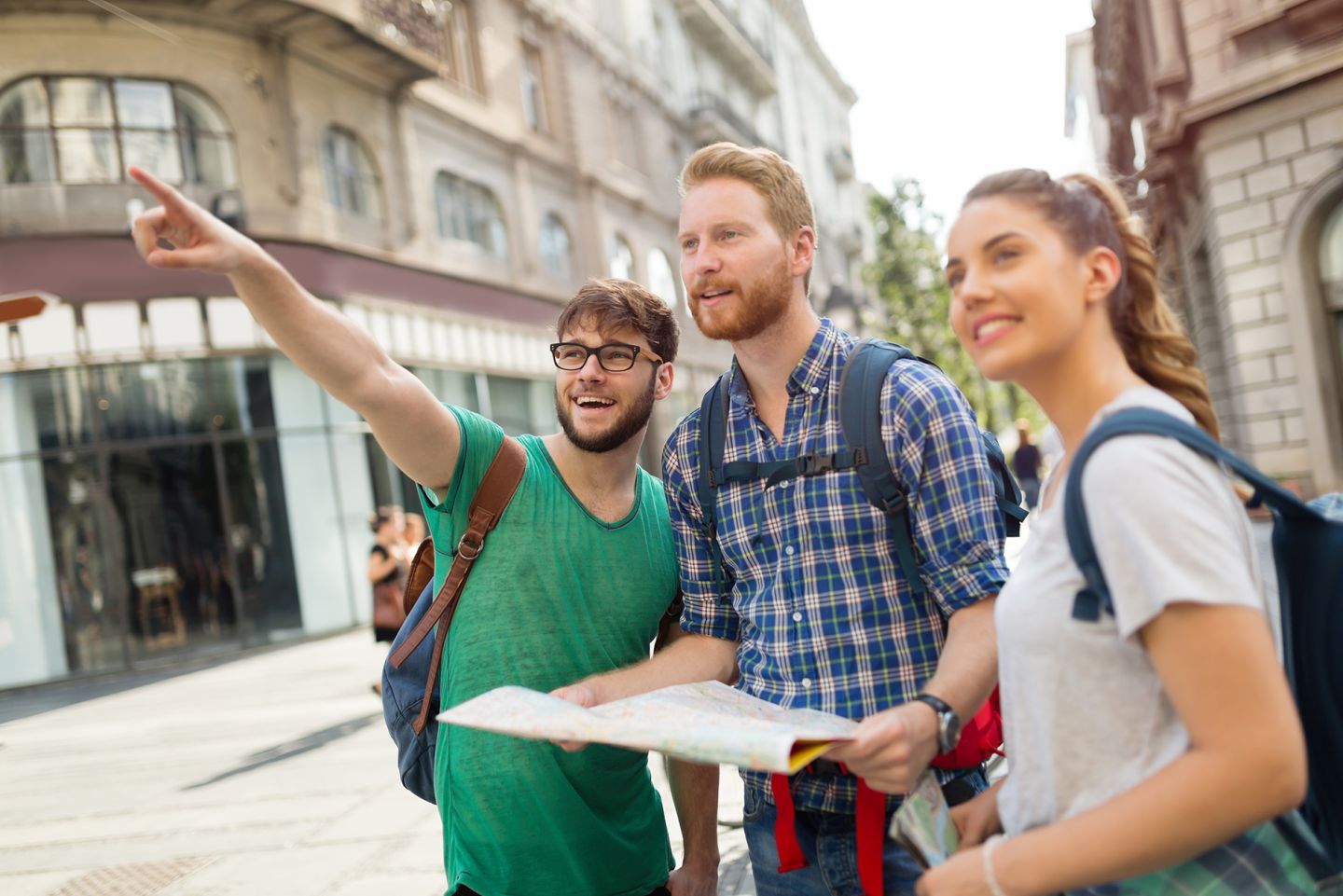Anyone tasked with marketing a tourist destination knows it can be tough to create a winning marketing strategy that drives visitors to your area. It’s even more difficult to know that you’re targeting the right potential visitors.
In this blog post, we’ll share five tips on how to market a tourist destination to increase your visitor traffic.
1. Identify Your Best Prospective Visitors to Optimize Ad Buying
The most important aspect of developing a winning marketing strategy is to truly know who your visitors are and where they’re coming from to visit your tourist destination. Many tourist destinations use mobile GPS data to identify demographic and psychographic insights about their visitors. Beyond demographic variables—like age, income range, and gender—these analytics reveal the lifestyle characteristics (also called psychographics) of your potential visitors. To get this information, researchers typically use credit card transaction or mobile GPS data combined with household-level consumer characteristics.
Once complete, the studies provide insights into how to update your marketing strategies to better target the types of visitors that are more likely to visit your destination and the top origin markets for your destination marketing efforts.
2. Tailor Your Marketing Efforts by Traveler Type
As most marketers know, there are many different types of people who will be interested in your products or services. This is no different in the tourism industry. Millennials and seniors will likely be looking to do vastly different things when they come to your area. Identify your key visitor segments and be creative when coming up with new ideas for deals or offerings that will appeal to each target market.
A one-size-fits-all approach won’t yield the best results, so your marketing efforts will have to be tailored accordingly. As you test tactics and learn what works, you can adjust your strategy to better reach your best potential visitors.
3. Increase Exposure by Partnering with Influencers
Influencer marketing is becoming a huge strategy for brands across the tourism industry. And that’s because it works. If you’re unfamiliar with the term, influencers are people who have established a dedicated following for their own personal brands. These people are usually bloggers, YouTubers, TikTokers, and Instagram personalities. Since influencers have highly engaged audiences, Convention and Visitors Bureaus and Destination Marketing Organizations are turning to them to create content about their hotels, tourist attractions, and other points of interest.
To get started with an influencer marketing strategy, do some research about influencers who already post content about your industry. When you’ve created a list of potential influencers, reach out to set up an exchange. An example of an exchange could be an influencer visiting your area for free, and the influencer will create a YouTube video about their experience. This is a win-win for both parties. The influencer will have the opportunity to create original content for their following and your brand will be exposed to a new audience.
4. Create Destination Videos That Appeal to the Right Tourists
It’s common knowledge that videos are one of the most popular ways people like to receive information. If you’re looking to make splash on social media, begin to create exciting videos not just about a single tourist destination, but about your city as a whole.
Some additional video ideas include locals giving insight into their favorite places to dine, shop and explore; tips about getting around the city; where the best photo opportunities are; and more. These will be a natural fit for sharing on social media and will add a nice mix of photos and videos to your feed.
5. Share What’s New in Your Area
You’re a local to your area, so make sure to stay up to date on new things happening. This allows you to be a resource for helpful visitor information, rather than solely trying to sell your destination.
Try to put yourself in the visitors’ shoes and provide insight into a variety of exciting things that you would want to see if you were a tourist in your area.
Regardless of your current marketing strategy, it’s never too late to gain more insight into your past visitors as well as strengthen your approach to acquiring new visitors. By leveraging visitor analytics and adopting tourism marketing trends, you can strengthen your strategy and move past your competition.
If you’re interested in more information, learn about Buxton’s tourism analysis options.


